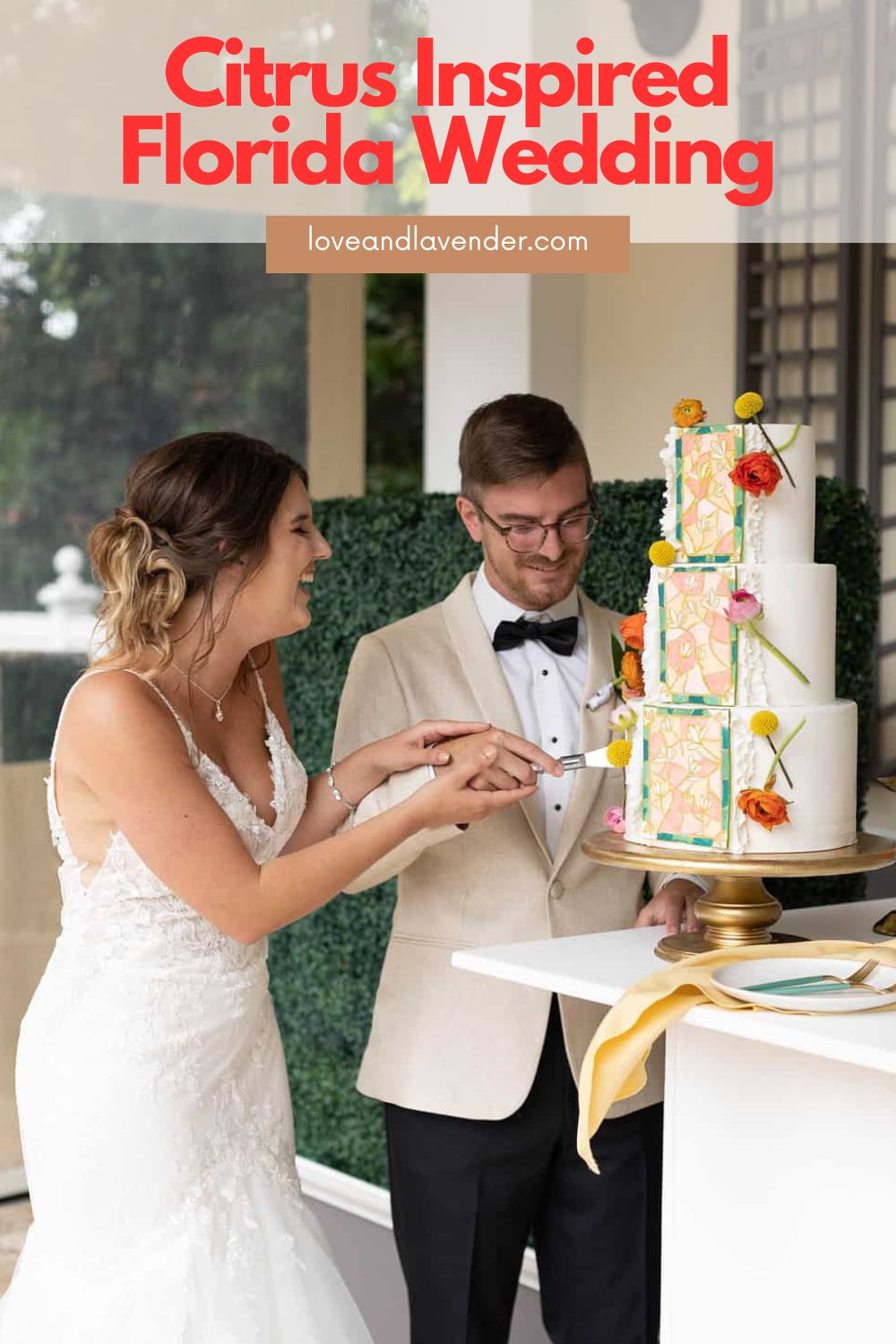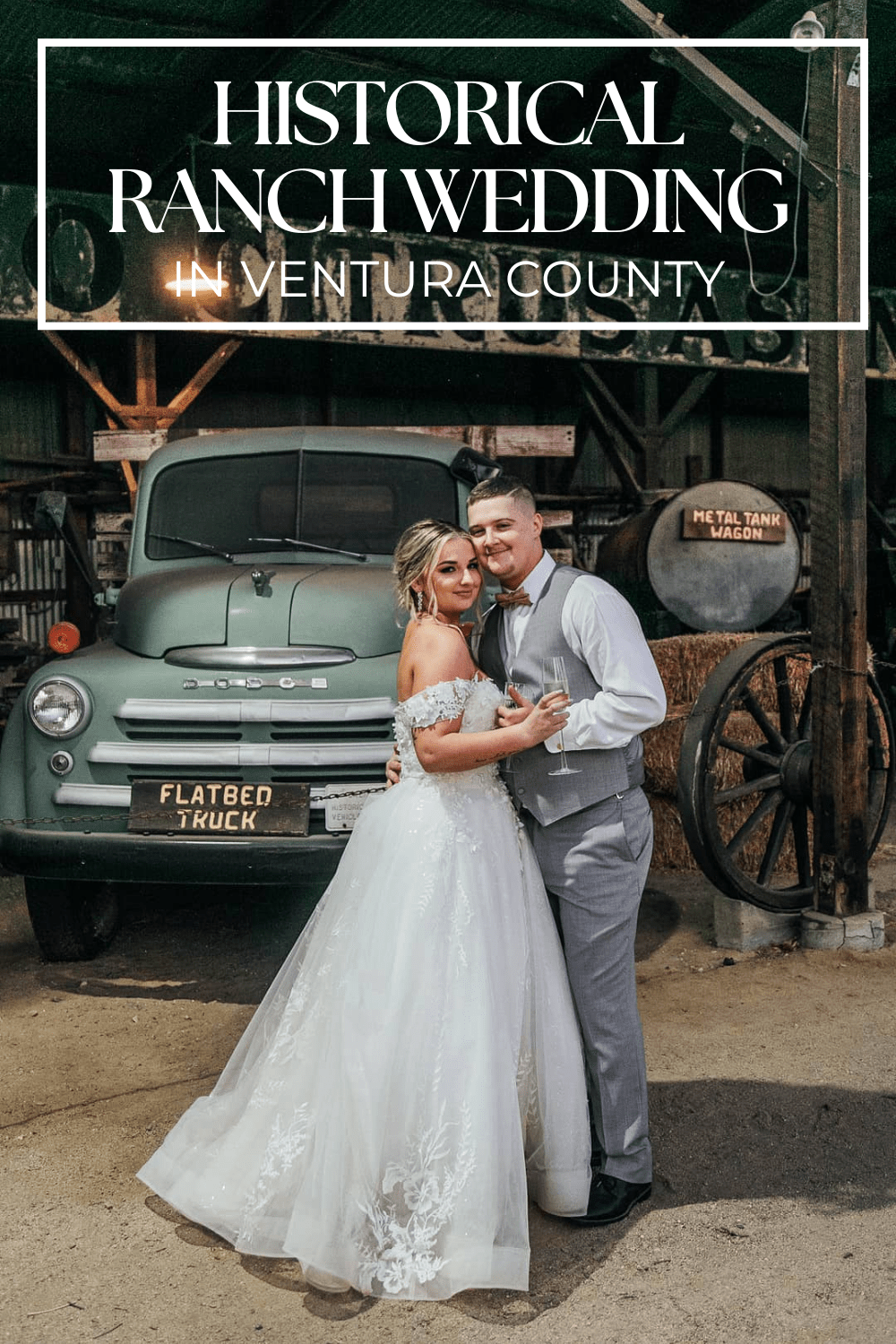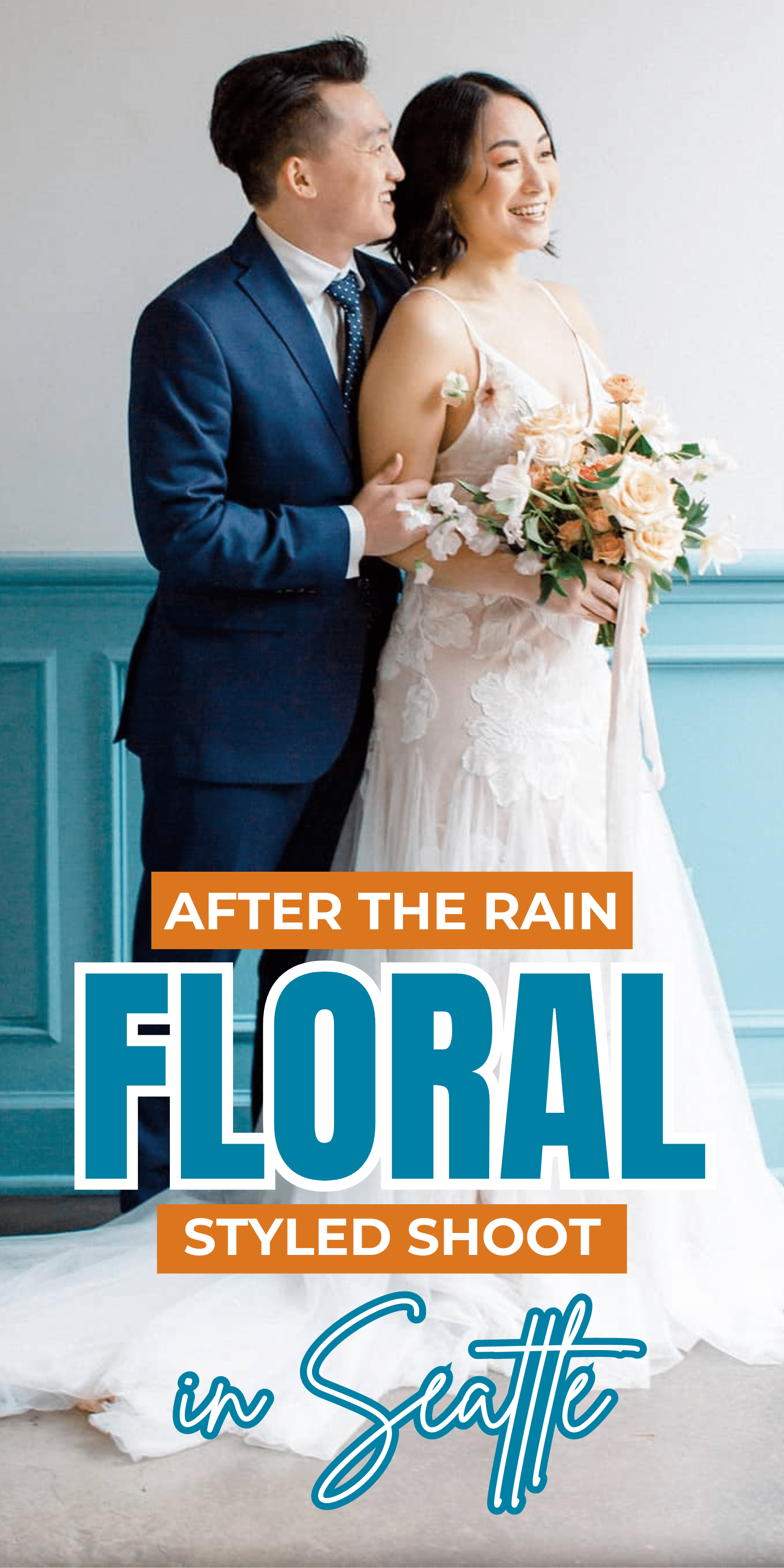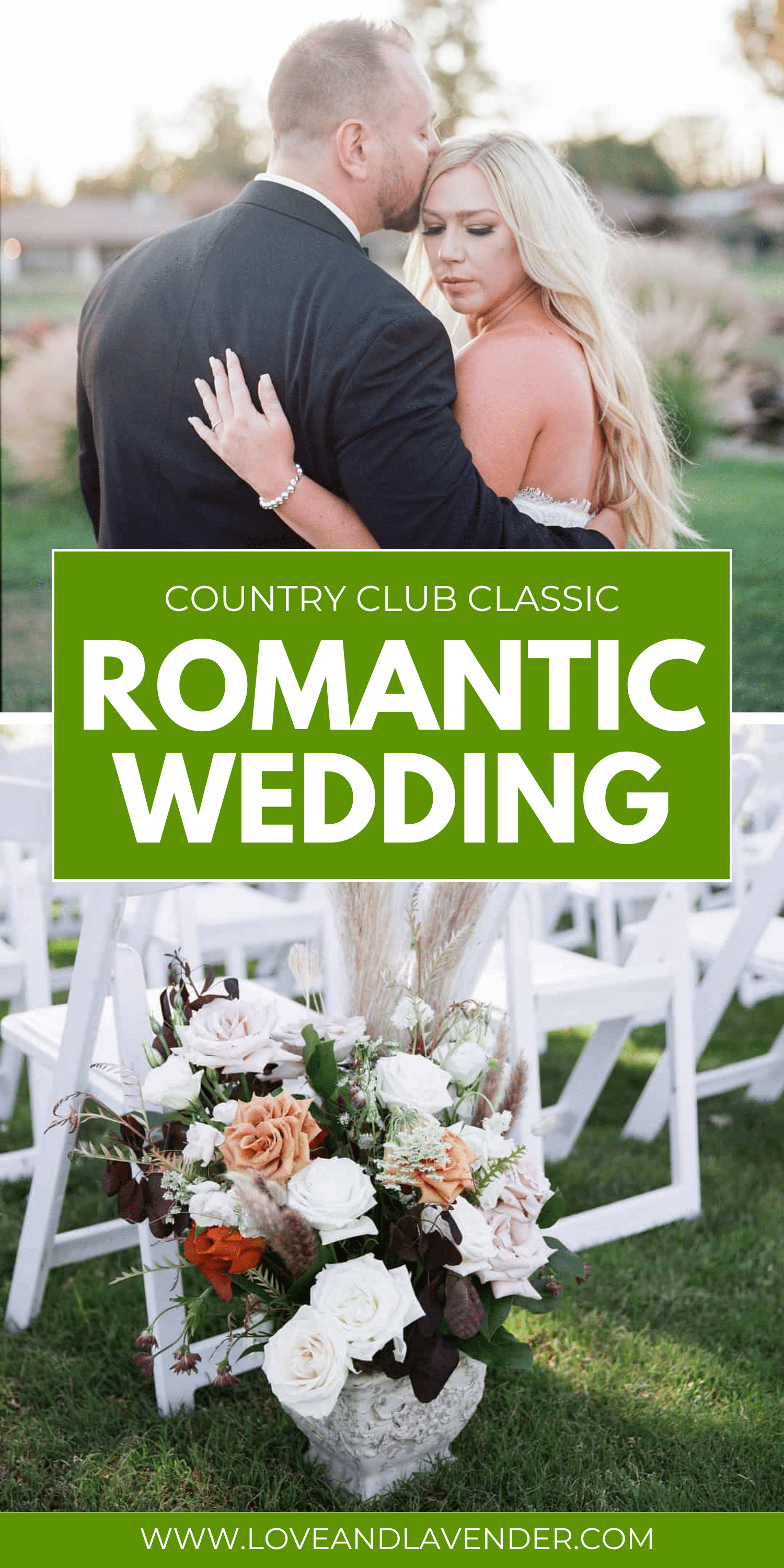Wondering how to identify vintage jewelry to discover if you have a treasure on your hands? You’ve come to the right place!
Our comprehensive guide will help de-mystify vintage jewelry and help you sort the vintage gems and jewels from the cheap costume bling.
 Pin
Pin Pin
Pin Pin
PinOne (Woman’s) Trash…
There’s nothing quite like the thrill of digging through an estate sale box, or a battered chest of treasures at a yard sale, or the dusty forgotten corners of your local second-hand charity shop and finding a stunning piece of old jewelry. It may be someone else’s discards, but there could very well be a hidden treasure!
Who did this jewelry belong to? Where did it come from? What stories could it tell?
And is anyone going to judge you if you put it on and luxuriate around your kitchen saying, in a breathy voice, “Gatsby? What Gatsby?” (hint: no. No one will judge you.)
 Pin
PinThe vintage jewelry market is a glittering, seductive hall of mirrors full of one-of-a-kind treasures and beautifully faithful reproductions, fluctuating trends and misinformation. It presents us with a fascinating lens with which to view our history, from the mourning practices of Victorian women to the impact of war rationing in the 1940s.
Let’s forge a deeper understanding of your vintage pieces, and what to look for the next time you’re scanning the aisles of a consignment boutique.
What Does ‘Vintage’ Actually Mean?
“Vintage” and “antique” refer to pre-owned items (in this case, jewelry) dating back to certain time periods. Vintage is any older piece up to one hundred years old — after this point, it is considered an antique jewelry piece. The minimum age for vintage jewelry does vary a bit in the industry; some auction houses won’t list anything as vintage if it is newer than fifty years old, though others like Etsy define vintage as anything older than twenty years.
Here’s some more vintage jewelry terms you might come across in your adventures.
Retro
“Retro” refers to jewelry of the 1930s and 1940s, though it creates some confusion because the term didn’t come into use until the 1970s. Retro pieces are reflective of the changes in available materials and lifestyle present in World War II. For example, highly-diluted gold was prominent, since very little of it was available for purposes outside of the war effort. Jewelry of that time also tended to be ornate and feminine to counter the streamlined, masculine tailored styles of women’s clothing.
Estate
“Estate” is really just a luxe word for “pre-owned” or “second-hand”. Generally it referred to a large quantity of items that were being cleared out after the death of a prominent collector. When an item is listed as Estate, it’s implied that the item is very old or comes from a particularly interesting history. However, the word has no legal standardization and “estate jewelry” can refer to jewelry of any age previously owned by anyone, dead or alive.
Art Deco
Like “retro”, “art deco” refers to a specific period of time and the jewelry (and other items, such as housewares) characteristic of that period. Art deco covers most of the time between World Wars I and II — a time of decadence, hedonism, and frivolity born from the ever-present awareness of mortality that war can bring. Art deco jewelry is characterized by sharp, geometric designs inspired by the architecture of the time and delicate filigree metalwork.
 Pin
PinArtisan
Unfortunately, “artisan” is another buzzword with no legal standardization and is getting abused more and more, in jewelry as well as other industries like food and clothing. Usually the word refers to something that is made by hand, rather than by an assembly line of machines, with a passionate attention to quality and innovation. A vintage piece of jewelry can certainly have these qualities, but age is not a requirement for something to be sold with this term.
Costume
Costume jewelry is jewelry made of materials with little or no base value — things like glass, plastic, brass, nickel, or pewter. It gained popularity in the early twentieth century when it offered middle-class women a way to afford the sort of luxurious jewels they saw on the silver screen. It is possible to find vintage or antique costume jewelry, but the term can be used for contemporary pieces as well.
Today, certain brands such as Coro, Trifari, and Sherman command high resale prices among collectors, as well as luxury brands that embraced the costume jewelry trend such as Chanel and Dior.
How Can I Tell if My Jewelry is Vintage?
With so many styles of jewelry on the market, it can be difficult to tell if your thrift shop treasure is a real vintage find or a reproduction.
Start with these simple steps to gather information about the piece.
1. Look for any distinguishing features of the design
Architectural geometric designs, as we saw, were very popular in jewelry of the 1920s and 1930s. Natural motifs, such as flowers and butterflies, were used in the delicate, poetic forms of the Art Nouveau period of the early 1900s. If your piece has diamonds, examine the shape and see if it is an old mine cut diamond — these were done by hand, rather than the laser cutting machines of today.
2. Look for signs of wear on the piece
While some signs of use are normal on all pre-owned jewelry, vintage jewelry will have a particularly soft, lived-in look. Blunt edges on the prongs that hold stones in place and spots that are frequently touched, such as clasps and earring hooks, will have worn smooth.
Likewise, clasps should open and close very easily because any resistance would have worn down over time. Real pearls will lose their luster over many years and vintage pearls will have dull spots on the pearls that come in most contact with the skin.
 Pin
Pin3. Take a closer look at any trade markings it might have
Any gold jewelry made of real gold should have a purity stamp, expressed either in a system of “karats” in twenty four parts, or in a metric system in one thousand parts, or sometimes both. For example, an 18-karat gold ring might have an 18k stamp (eighteen parts gold out of twenty-four), or it might say 750 (seven hundred and fifty parts out of one thousand, or seventy-five percent).
Standard sterling silver that we see in jewelry today will usually have a 925 stamp (nine hundred twenty-five parts out of one thousand, or ninety-two and a half percent). Older silver pieces might also be marked “Sterling” or “Coin Silver”.
4. Keep an eye out for logos or maker’s marks
Other hallmarks might include symbols to indicate where the metal was verified, a makers mark with a recognizable brand name or logo, export marks indicating that a piece was fabricated in one country and then sent to another, or pictorial markings indicating other metals.
Here is a great resource on some of the specific markings you can find on vintage and antique jewelry. In particular, keep an eye out for marks of brands that were once popular but are no longer in existence, regional hallmarks that have since been updated, or metal alloys that have fallen out of use in contemporary jewelry. These will all give you clues that you have a valuable older piece.
5. Pay attention to manufacturing methods
In particular, look closely at the closures of the jewelry piece. Certain types of clasps, for example, only came into use later in the last century. The lobster claw clasp, one of the most popular clasps on modern bracelets and necklaces, began appearing in jewelry in the 1970s (it looks a bit like a lobster’s claw).
Early twentieth-century brooches were made with simple C-clasps and safety-pin style clasps, which later evolved into the more complex and secure spring-loaded clasps you might find on a modern brooch.
This article gives a very helpful overview of some of the hardware used in vintage jewelry.
Why Buy Vintage?
With millions upon millions of dollars being put into the promotion of contemporary jewelry boutiques each year, it can be tempting to simply stroll into your local high street jeweler and purchase your engagement ring, your anniversary necklace, or your celebratory bracelet from a brand name you know and trust.
After all, with new jewelry you know that you’re the only one who’s ever worn it, and you get indisputable documentation that details its value and specifications. However, there are a few reasons it may be worth considering looking towards vintage and antique jewelry for your purchase.
It’s unique
You know that feeling when you walk into an office party, and you and that woman with the sexy-librarian glasses (does she even need them?) are wearing the exact same dress? Isn’t that the worst?
Vintage jewelry will never give you that feeling. It’s only in the last few decades that jewelry came to be mass produced. Before then, all jewelry was made by hand one piece at a time, each one a meticulous work of art. When you buy a vintage or antique piece you can be sure that it will be unique to you and you alone.
It’s environmentally conscious
If there’s one major new marketing trend that we’ve seen in the last few years, it’s an emphasis on environmental impact and sustainability. New generations are demanding products sourced and crafted with a compassionate attitude towards the land and the people in it. While many jewelry businesses today are trying their best to improve their practices, it’s quite honestly very difficult to do in such a sprawling industry, especially when businesses trade on a larger scale.
When buying vintage jewelry, you know that your money isn’t being recycled into the earth-damaging mining industry or supporting businesses (even indirectly, further up the supply chain) that negatively impact people who live in mining-heavy countries. Vintage jewelry is a clean, conflict-free choice.
 Pin
PinIt holds its value
While modern, mass-produced jewelry tends to lose its resale value over time, vintage jewelry has already completed its resale curve and will most likely keep the same value you paid for it (and maybe even increase!). This is especially true for quality brands that have since gone out of business and are fetching higher and higher prices among collectors, or materials that have fallen out of use due to supply issues or the introduction of new alternatives.
Natural pearls, for example — that is, “wild” pearls that weren’t cultivated in controlled environments — are almost never used in contemporary jewelry and always cause a lot of excitement at auctions and estate sales. The same can be said for vintage name brand jewelry such as Chanel or Dior. It also helps that in certain countries such as the UK vintage jewelry is tax-exempt, saving you money right from the beginning.
Unbeatable quality
This circles back to what we said about individuality and the rise of mass-produced work. Early and mid-century jewelers were true artisans (before the word started getting batted around with every Nescafé ad) and made sure every single piece was as well-crafted as could be. Furthermore, if you’re buying a one hundred year old piece in good condition, you know that it’s survived that long and will probably survive at least one hundred more. Vintage jewelry has an endurance and a human touch that we don’t often see in it’s contemporary counterparts.
Personal satisfaction
Finding that perfect one-of-a-kind piece that’s just right for you offers a thrill unmatched by pretty much any other shopping adventure. Not only does it give you a feeling that you “earned” the piece of jewelry you found, it gives you a strong positive feeling and a good memory to look back on every time you wear it.
Vintage: Always in Style
Navigating vintage jewelry can be tricky and a bit overwhelming, but it can also be exciting and incredibly satisfying as well. When buying vintage, you’re joining a long lineage of stories and becoming a part of history. You’re displaying your unique personal style in a way that absolutely no one else is, and supporting the jewelry industry in a way that is earth-friendly and giving back to individuals and small businesses.
So next time you’re in a thrift shop or a flea market, keep your eyes open. You never know what you might find!
Did you find this post useful? Then save THIS PIN below to your Jewelry board for later!
 Pin
Pin












Paula
September 2, 2021 at 10:48 pmHave a lot of old jewerly
Helpful ReviewElizabeth
June 17, 2023 at 1:08 pmI had several pieces of vintage jewelry (most of which have been stolen); but before I lose anymore, I’d like to know if what I have left is worth anything so that I can sell it.
Helpful ReviewGina Hobbins
August 10, 2023 at 5:52 pmHi, just learning more about identifying vintage and precious metals. I have a multi strand rice pearl necklace with a shepherds hook closure. I can’t read the mark. between the pearls are silver seed spacing. Needs a clean and I am unsure how to clean it.
Helpful ReviewZadok Jewelers
March 14, 2024 at 11:09 pmIdentifying vintage jewelry requires attention to detail and knowledge of design elements. This guide offers valuable insights for enthusiasts looking to uncover the stories behind their cherished pieces. Thanks!
Helpful Review